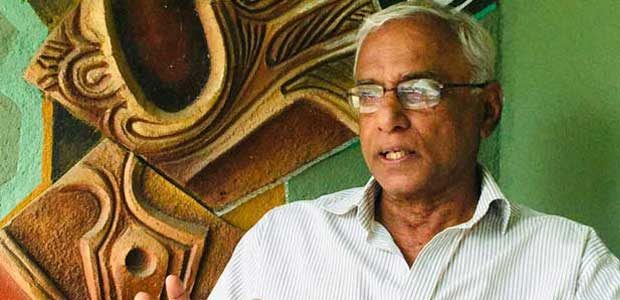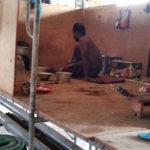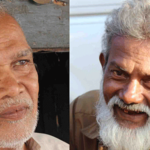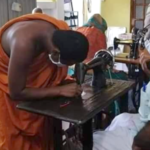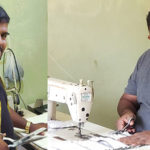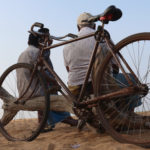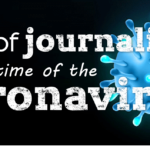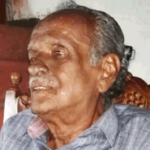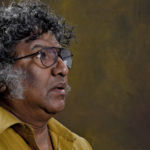A Commentary on Sri Lanka’s Wall Art Trend
“No value in art that promotes hatred”
Senior Lecturer, Charles Dayananda comments on the growing public space art trend in Sri Lanka
“Sri Lanka will benefit immensely if our deteriorated national unity can be repaired with art and wall paintings,” said Charles Dayananda, senior lecturer of the Art Department at Aesthetic Teachers’ College in Giragama. However, he opines that the trend of decorating walls around the country must be undertaken with some regulations in place. “If not, some paintings may damage ethnic reconciliation” he pointed out, highlighting that uniting people is far more difficult than dividing nations.
———————————————–
THE CATAMARAN: A wave of street art is spreading around the country covering city, town and village walls. What is your view of the impact of the art?
A painting must be appreciated irrespective of race or religious differences. It is a universal language like music. No great art insults race or religion. Lines and colours may bring beauty to a painting but the message conveyed adds value to the aesthetic. The trend here has a good and bad side. It has created a social discourse about our budding artists who must be guided in the right direction. The artist must be able to console or relate to society. There is no use of creating art to propagate hatred against a race or a religion. The work is present in public spaces accessible to Sinhala, Tamil and Muslim people. So, we must be able to appreciate these paintings without ethnic or religious differences.
THE CATAMARAN: You say that these works must be appreciated by all communities alike. Are the paintings created in a way that will make this happen?
I have heard that the Buddhist monks compel artists to create work that highlights Sinhala Buddhist culture. This is not a good trend. Lord Buddha did not preach Sinhala Buddhism. He taught tolerance for all beings. The first people who listened to his sermons were not Buddhists. They embraced Buddhism after listening to the sermons. When Wasetta Brahmana inquired who the races are, Lord Buddha said that all living beings belonged to the same community. True Buddhism is not limited to Sinhala Buddhism. Bringing Buddhist thinking to light is very important to society. Buddhist philosophy includes the best social vision among all religions. It is very close to the doctrine of Karl Marx, but Lord Buddha has preached a more scientific philosophy. He introduced the theory of evolution before Charles Darwin. He discussed socialism before Marx.
However, this scientific philosophy has been deformed today. It is crucial that the original teachings of Lord Buddha are brought before the society. Let us review the paintings in Degaldoruwa, which is named as Mara Parajaya and depicts the Mara Sena attacking Lord Buddha. We see that the Buddha does not react but looks on them calmly. In this way, he defeated death not by war but by avoiding conflict. A war can be won with courage, compassion and kindness. In such a context the street art also must depict such qualities on walls. A work of art that highlights racism and religious extremism is not an all-time artistic creation.
THE CATAMARAN: In that light, how do you view paintings based on battles in history?
The battle between the Sinhala King Dutugemunu and Tamil King Elara is manipulated to bring out racism and religious extremism, creating divisions between Sinhala and Tamil communities. We must be careful not to let this social trend create divisions. If the objective is making people aware of historical wars, young people should paint other battles like the Battle of Danthure or Gannoruwa where local forces defeated imperialists, showing national unity.
THE CATAMARAN: How can we use this street art trend to better promote reconciliation?
We can spread positive messages of social solidarity through this form of art. Groups of artists can form art associations at rural and urban centres. I saw a young Muslim woman who joined a youth group who were painting. She and a Buddhist monk were seen drawing a painting together. This is reconciliation. If we try to plant it, it becomes artificial. The bond created by such programmes is not real. We have divided even the colour palette among us. Sinhalese take red while Tamils are given orange, and Muslims consider the green. They are mere colours individually. We must mix them properly to create a painting. The mix of races in the community is also the same. Until we understand this, we will have to continue to hold workshops that do not have any productivity.
